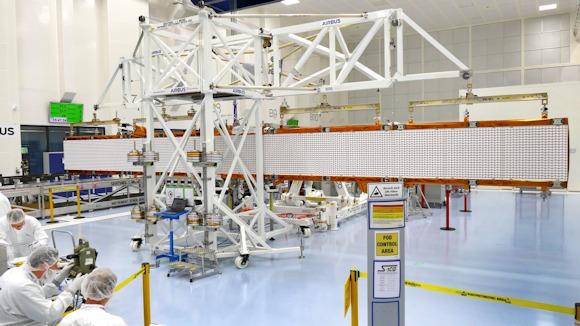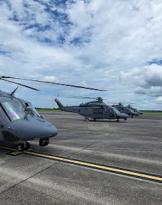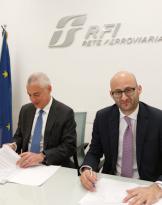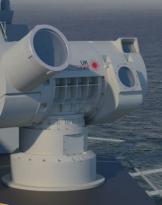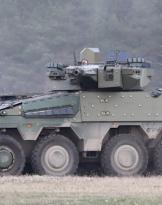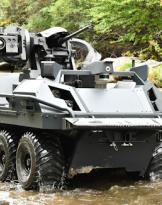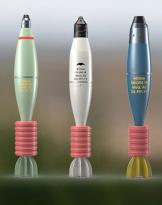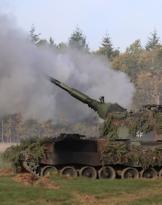Attached to a special device, which simulates conditions of zero gravity, the satellite's 12,3-meter-wide, 860-kg-weight Synthetic Aperture Radar (SAR) antenna Sentinel-1C di Copernicus he first spread his wings at theAirbus Integrated Technology Center of Friedrichshafen, Germany.
Sentinel-1C it is the third radar satellite of the family Sentinel-1 and will ensure the continuity of data provision for the numerous services offered by Copernicus, the European Union program. The satellite Sentinel-1C, equipped with the SAR instrument (C-band radar), will provide radar images of the entire earth's surface as part of the program Copernicus funded by the European Union and the European Space Agency (ESA). Thales Alenia Space is the main contractor for Sentinel-1C and for his twin, Sentinel-1D. Airbus Defense and Space is responsible for both radars.
Radar images will be used in many areas of Earth observation; these include Arctic ice monitoring, systematic sea ice mapping, marine environment monitoring, land surface monitoring to identify movement hazards, forest mapping, water and soil management , support for humanitarian aid and disaster monitoring.
The antenna consists of a central panel which will be fixed to the satellite platform and two deployable antenna wings with two panels each. The aperture test verified the correct deployment of these two wings and measured the flatness of the antenna as an indicator of future SAR image quality.
The next step in the SAR instrument acceptance test sequence (the complete antenna with electronic antenna subsystem was built by Airbus Portsmouth, UK) is a function and performance testing campaign, planned to run until at the end of October 2020. Finally, before sending it to Thales Alenia Space for integration to the platform, the radio frequency characteristics of the antenna will be checked. Copernicus Sentinel-1C is scheduled to launch in 2022.

